
Izumi Takemoto
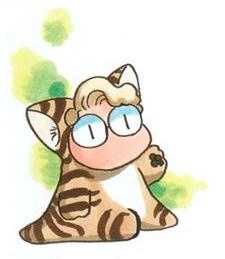
Animeography


Doujin Work
add Principle Drawing (Preview Illustration, ep 5)
Zoku Sayonara Zetsubou Sensei
add Principle Drawing ( End Card, ep 8)Mangaography

4 Spirits Plus 2
Story & Art
Akaneko no Akuma
Story & Art
Aoi-chan Panic!
Story & Art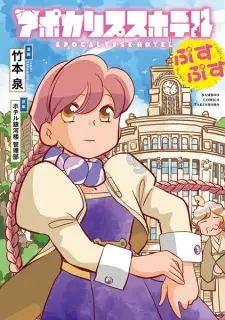
Apocalypse Hotel Pusupusu
Story & Art
Apple Paradise
Story & Art
Aruhi no Zwei
Story & Art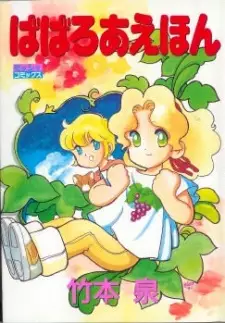
Bavarois Ehon
Story & Art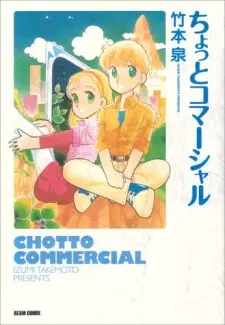
Chotto Commercial
Story & Art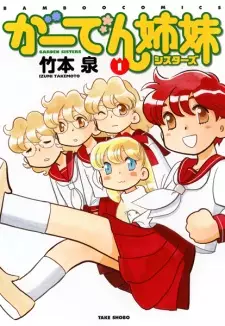
Garden Shimai
Story & Art
Hajimerudo Monogatari
Story & Art
Hatarakimono
Story & Art
Himawari Enogu
Story & Art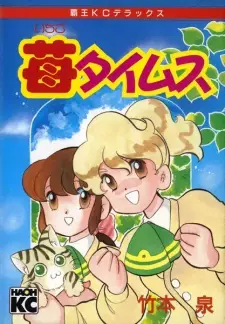
Ichigo Times
Story & Art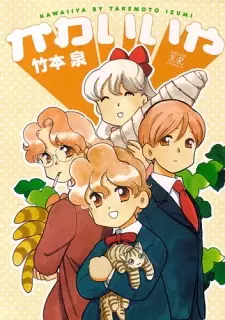
Kawaiiya
Story & Art
Kokome Futeiten
Story & Art
Loop Salad
Story & Art
Mahoutsukai-san Oshizuka ni!
Story & Art
Mukimono 67%
Story & Art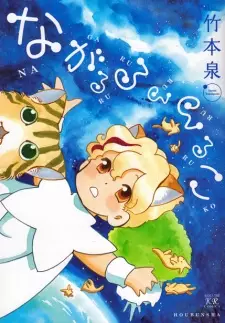
Nagaruru Rururuko
Story & Art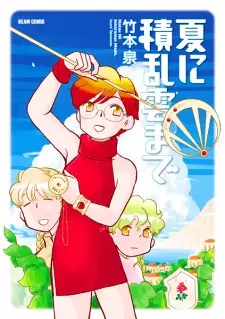
Natsu ni Sekirannun made
Story & Art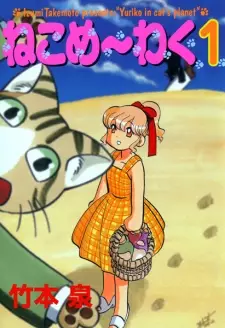
Neko Me~waku
Story & Art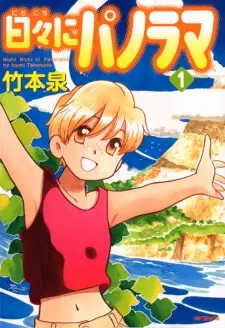
Nichinichi ni Panorama
Story & Art
Otome Atlas
Story & Art
Pineapple Mitai
Story & Art
Sakura no Kiwa
Story & Art
Sayori na Parallel
Story & Art
Se~fukumono
Story & Art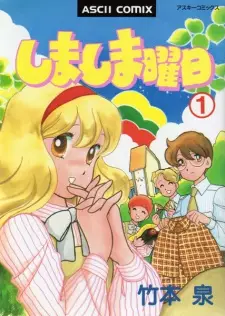
Shimashima Youbi
Story & Art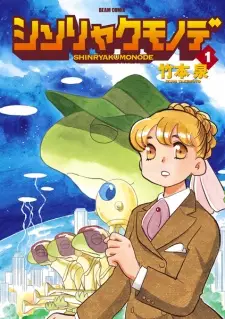
Shinryaku Mono de
Story & Art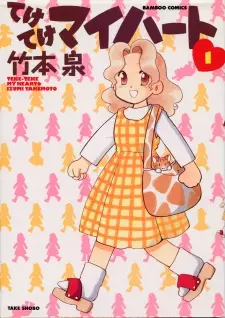
Teke Teke My Heart
Story & Art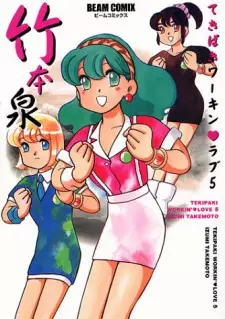
Tekipaki Working♥Love
Story & Art
Toaru Hi no Kuru
Story & Art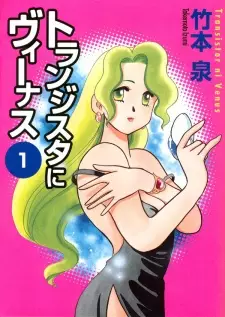
Transistor Venus
Story & Art
Twinkle Star Nonnonzie
Story & Art
Usagi Paradise
Story & Art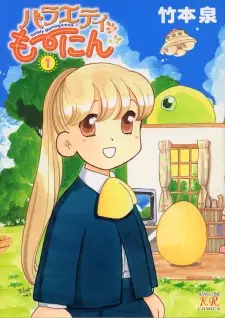
Variety Morning
Story & Art
Yomikiri Mono no...
Story & Art
Yumemiru July Cat
Story & ArtAbout
Izumi Takemoto (竹本 泉, Takemoto Izumi) is a mangaka born on January 19, 1959 in Tokyo, Japan, though he grew up in Saitama. He attended Nihon University and majored in business. His first experience with science fiction was through the works of Edgar Rice Burroughs, and the majority of his works reflect this SF influence. He is also a cat lover, and while cats frequently appear in his works, he had never owned a cat until 2003. He used his first experiences with his cat when he wrote Aru Hi no Zwei. He is less well-known outside of Japan, but that is slowly changing as more and more manga is exported from Japan, even though none of his works have been picked up for publication in North America or Europe as of June 2007. His artwork has a distinctive, soft style, and it stands out among that of his contemporaries in Japan. He is one of the few mangaka to publish in three of the four major mainstream manga markets in Japan: shōjo, shōnen, and seinen manga. Takemoto was the character designer for several computer and console games as well. (Source: Wikipedia)